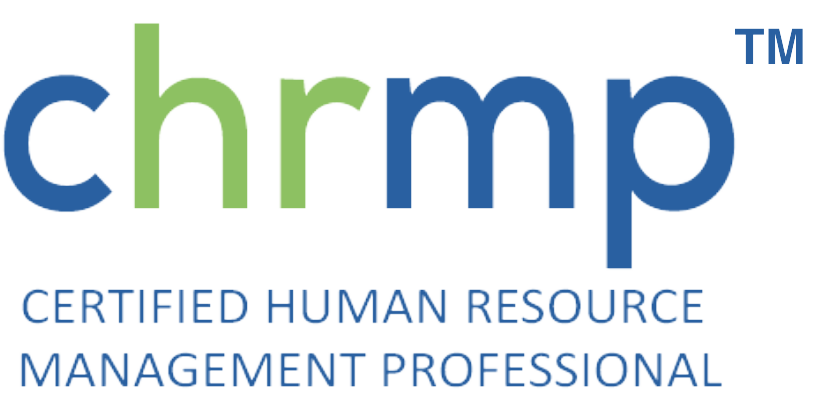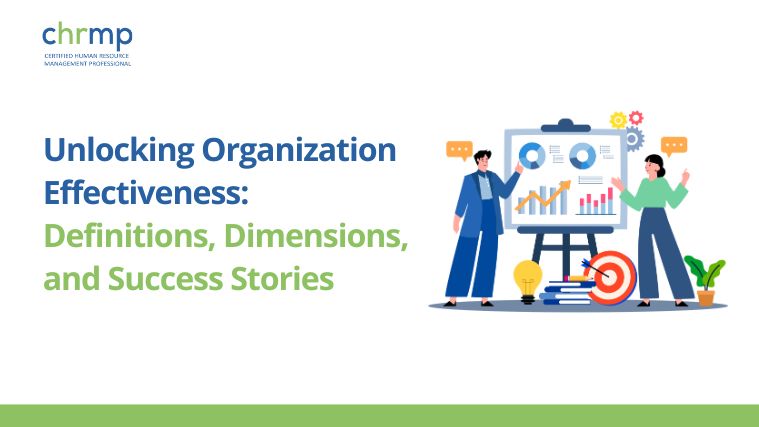A strong emotional culture at workplace is very vital to the growth and well- being of an organisation.
If emotional culture at workplace is not properly maintained, employees hide and suppress their emotions. This may lead to uncomfortable and unproductive situations. Similarly, if employees do not have proper control over their emotions, it may lead to wild behaviors. Hence, expression of emotions in a respectful, dignified, professional manner by employees, is a must to build a strong work – culture in a healthy organisation.
Paul Eckman (1970) identified six basic emotions of happiness, sadness, disgust, fear, surprise and anger. He expanded it further and added things as pride, shame, embarrassment and excitement.
Cambridge dictionary defines the Culture as the way of life of particular people, especially as shown in their ordinary behavior and habits and their attitudes towards each other.
Triands (1997) defines the Emotional Culture as shared sets of beliefs, attitudes, norms, values and behaviors organised around a central theme and found among speakers of one geographical region.
Numerous researchers have emphasized that a balanced work – life approach is must for any organisation to traverse forward on the path of progress. However, please remember that when dealing with people, we are not dealing with creatures of logic but creatures of emotions. A variety of emotions may be experienced at work place. It may be any of the following:
-excitement from breaking a barrier on achieving a super goal,
-frustration after a deal not being clinched,
-anger after an inappropriate behavior from a colleague etc.
Below are given six tips to improve the emotional cultural of your organisation.
1.Provide a supportive work – environment
A supportive work environment must be provided to nurture creativity and innovation by employees.
Creative employees will contribute maximum, if they are given enough time to play. Identify such creative employees. Remember nurturing creativity will develop a strong work- life balance in the organisation.
2.Treat employers as humans
The employees should be treated well.This gives them sense of pride and purpose in the company for achieving Specific, Measurable, Achievable, Realistic. Time bound (SMART) goals. Trustworthiness, honesty and transparency must be rewarded by the employers.
3. Keep appropriate space for honesty, transparency and well-being of employees
Trustworthiness, honesty and transparency must be rewarded by the employers.
4. Listen intently to enhance emotional culture at workplace
You must listen intently to the feedback, thoughts and concerns of the employees and redress it promptly.
5.Encourage openness
A cordial work – environment must be built, where employees are free to express their views.
6.Develop a professional balanced work-life culture
Employees must be trained / guided to express their emotions in a respectful, professional manner.
For knowing more about us, please visit the following websites :
www.chrmp.com | www.rippleslearning.com | www.resultslab.in
For corporate Training Programs on “Emotional Culture at Workplace”,please contact us.






